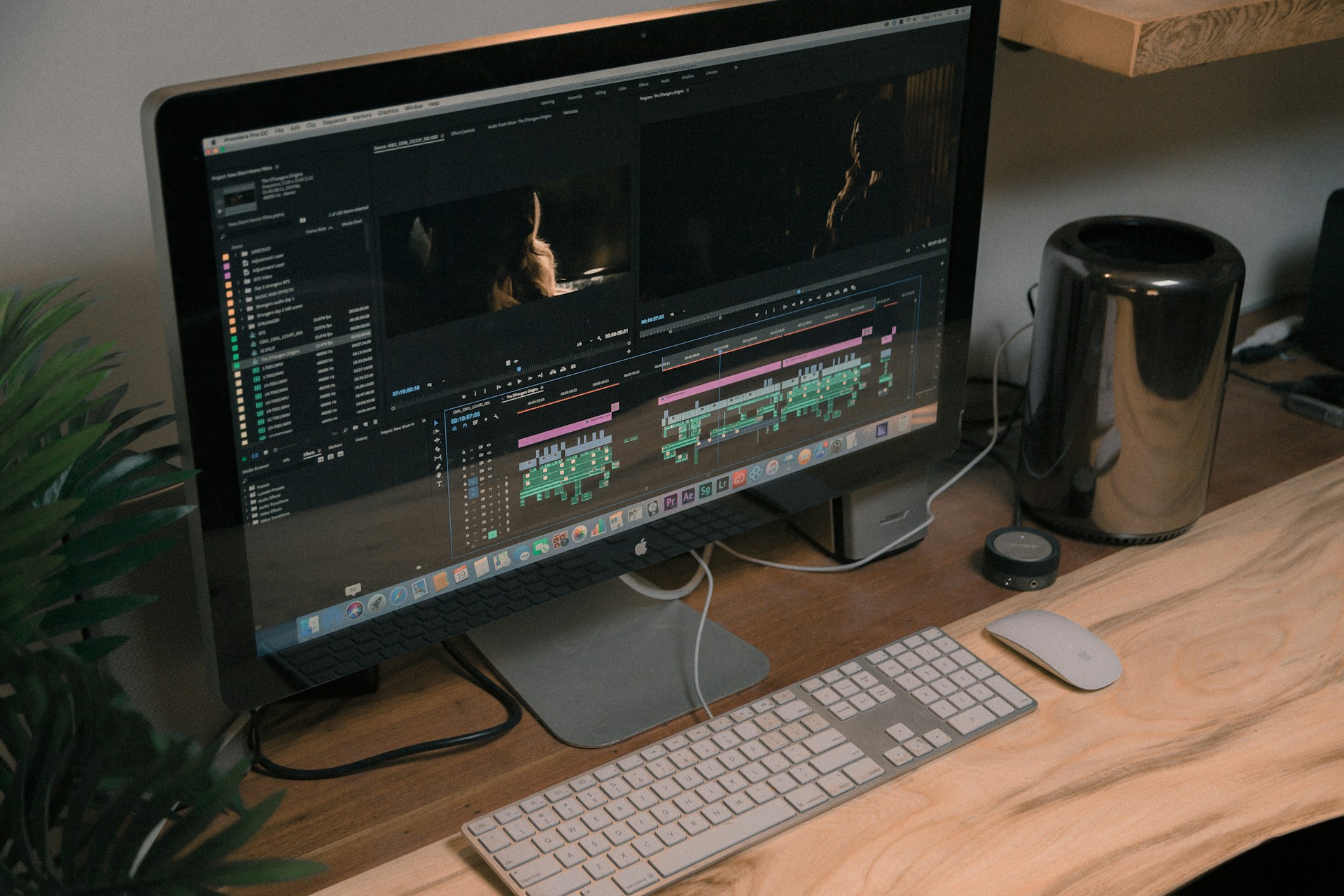Keeping your audience hooked during training films is no easy task. Whether it’s about learning new software or improving workplace safety, these films often struggle to captivate and hold viewers’ attention. The real challenge lies in competing against a world full of distractions, which can cause audiences to lose interest midway. That’s why it’s so important to figure out the best ways to keep viewers engaged.
Audience retention is more than just a buzzword; it’s key to making sure the information sticks. If employees or trainees are tuning out, they could miss crucial details necessary for their growth and effectiveness at work. Imagine trying to learn to ride a bike, and half the instructions get lost because you weren’t really listening. That’s the kind of issue poor retention creates. So, let’s explore how to tackle these problems in training films.
Understanding Audience Retention
At its core, audience retention refers to how long viewers stay engaged with a film. In the context of training films, it’s about making sure the intended message is not only delivered but remembered by the audience. If people tune out after a few minutes, it doesn’t matter how good the rest of the content might be; its purpose is lost.
Poor audience retention can seriously affect how effective a training film is. Think about it: if viewers check out early, they might miss out on important steps or safety guidelines. This results in ineffective training sessions where the lessons aren’t reinforced, potentially leading to mistakes in practical scenarios. The entire purpose of training films is to educate and inform, so keeping an audience engaged is critical to success.
To achieve strong audience retention, grasping the reasons behind viewers losing interest is essential. Addressing these helps in crafting films that hold their attention from start to finish.
Identifying Factors That Affect Retention
Training films face several potholes that might cause a fall in retention rates. Here are some common culprits:
– Lengthy content: If a film drags on with no breaks or changes in pace, attention spans can wander. Aim for concise segments that respect viewers’ time.
– Overloading information: Cramming too much into a short span leaves audiences overwhelmed and disengaged. Focus on quality over quantity.
– Monotonous delivery: If the film lacks variety or surprise, interest will plummet. Mix it up with different visuals, sounds, and techniques.
– Lack of relatability: If the viewers don’t see how the content applies to them, they might zone out. Use examples and stories that they can identify with.
Identifying these issues is a giant leap toward fixing retention problems. An effective strategy considers each factor, ensuring that films not only inform but truly engage. By focusing on these areas, training films can become tools that genuinely resonate with viewers, leading to a more informed and prepared audience.
Strategies to Improve Engagement in Training Films
Turning training films into engaging experiences might seem tricky, but with some thoughtful strategies, it’s completely doable. Here are a few effective approaches to keep your audience glued to the screen:
– Interactive Elements: Incorporate quizzes or interactive scenarios within the film. This not only makes the content fun but allows viewers to test their understanding as they go.
– Varied Pacing: Maintain a dynamic flow by varying the speed and delivery style of information. Switching between quick, lively sections and more detailed explanations can keep things interesting.
– Storytelling Techniques: Use stories to weave learning objectives into relatable narratives. When lessons are framed within a story, they become more memorable and engaging.
Keeping messages clear and concise is equally important. Muddy or overly complex instructions can frustrate viewers. Streamlined content means the key points are clear, and the takeaway is straightforward. Simple language, without jargon, helps the audience grasp the material without getting lost.
The Role of Professional Production
Teaming up with professionals can significantly enhance the quality and impact of your training films. Experience and skill in film production mean your content will not only look and sound impressive but will be structured to maintain engagement throughout. Professional producers know how to craft films that look visually appealing, have a smooth flow, and sound good to the ears, all of which are crucial for audience retention.
Quality visuals and audio transform the viewing experience from mundane to captivating. Imagine trying to learn through a film with poor sound where you can’t hear instructions clearly, or video that’s pixelated and distracting. That’s why professional production, with high-resolution equipment and expert editing, makes a world of difference.
Enhancing Training Films for Maximum Audience Engagement
To captivate your audience in training films, understanding the factors affecting retention and applying solid engagement strategies is key. Whether it’s incorporating interactive elements or using expert storytelling, every decision matters in crafting content that educates and entertains. High-quality production further amplifies these efforts, ensuring that the message doesn’t just reach the audience, but leaves a lasting impression.
When done well, training films become powerful learning tools that not only convey information but inspire and motivate. By focusing on effective engagement, you’re not just checking a box but setting the stage for meaningful knowledge transfer that resonates with and empowers each viewer.
Ready to transform your training films into captivating learning experiences? Discover how our expert film production services at On Air can enhance your message delivery and boost viewer engagement. Let us assist you in creating high-quality, engaging content that captivates your audience from the first frame to the last. Reach out today to see how we can bring your vision to life.






